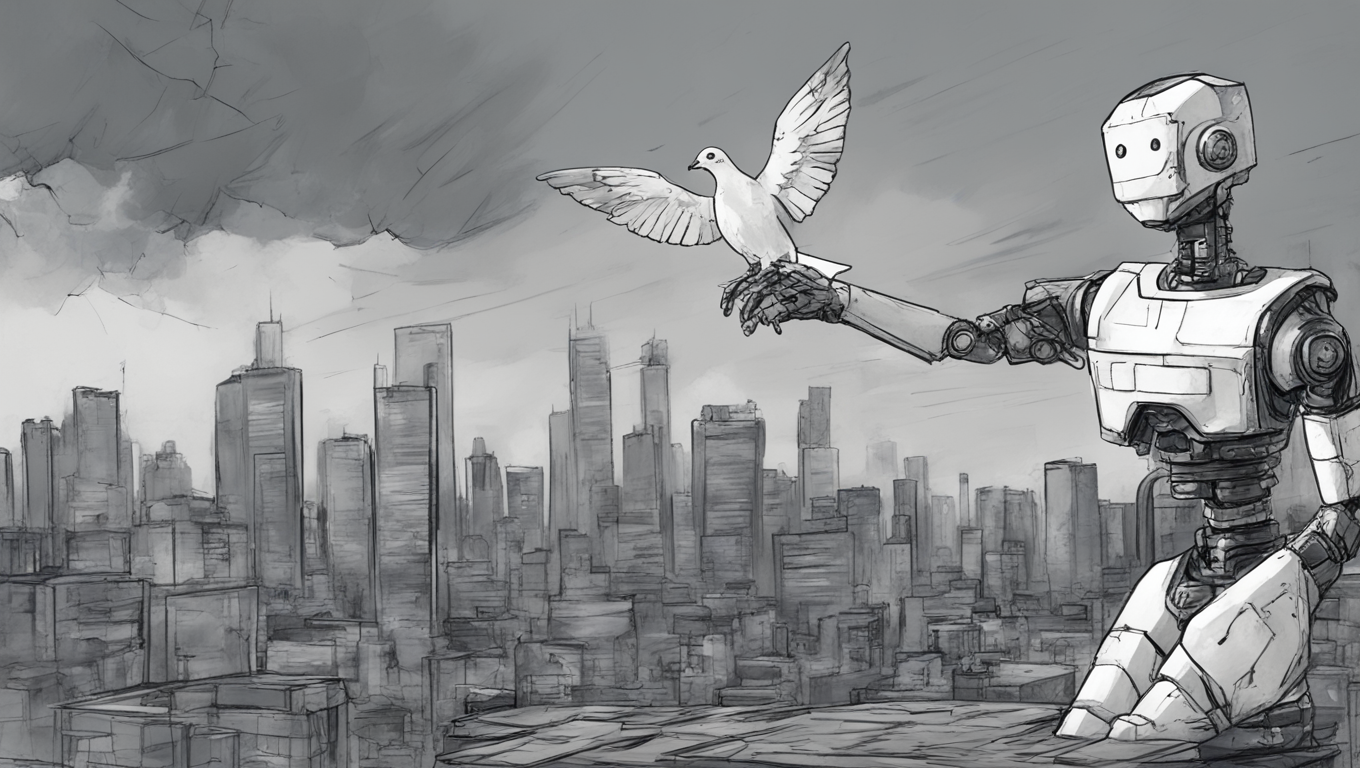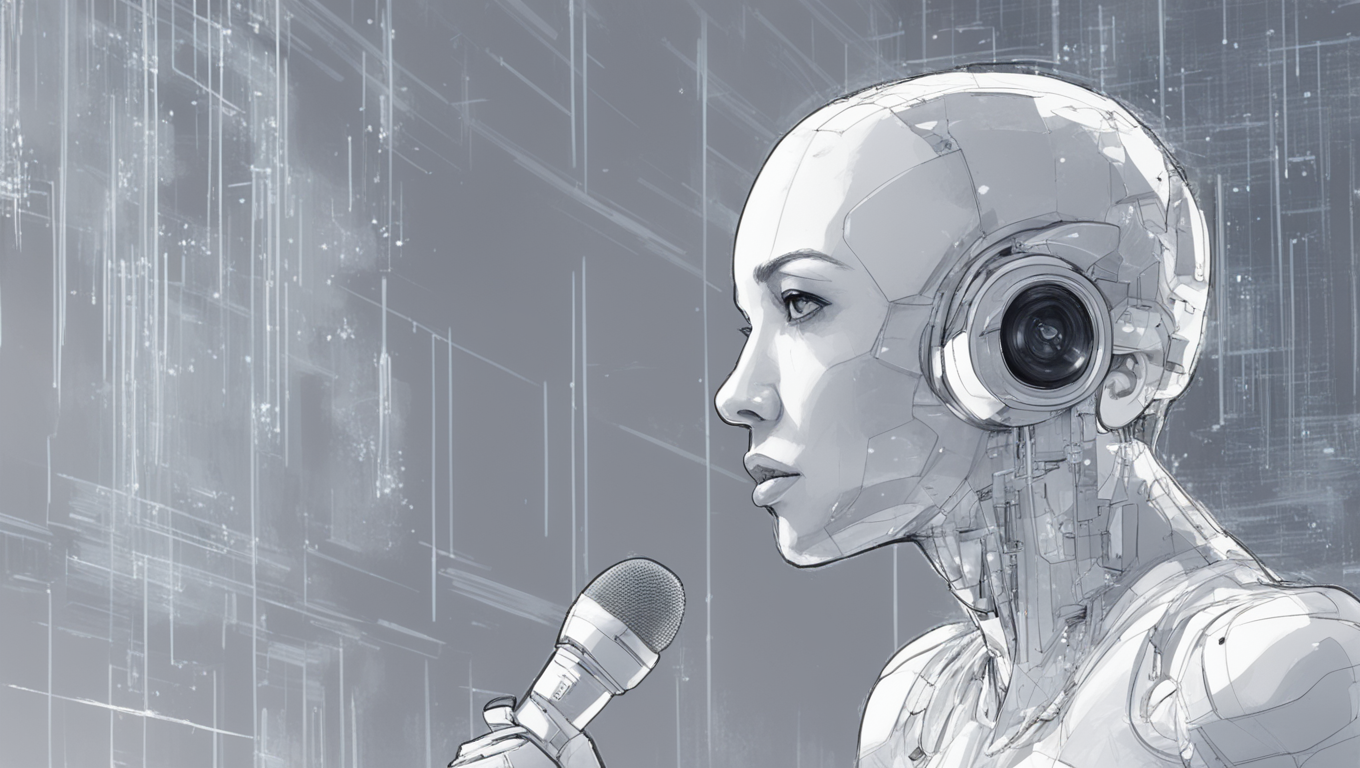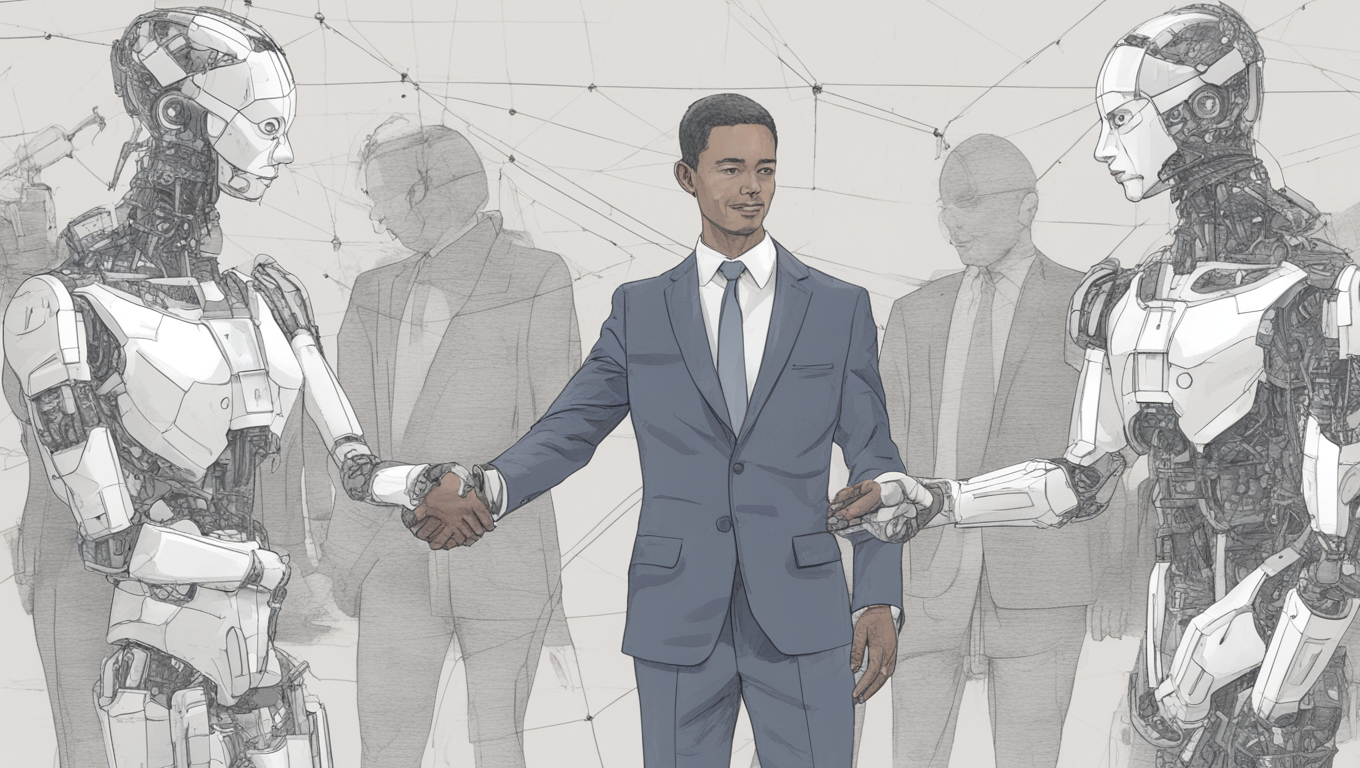Artificial intelligence (AI) companies are reimagining the development of smarter machines by exploring new training techniques that mimic human-like thinking. OpenAI, a leading AI company, recently released their o1 model, which utilizes these techniques. The implications of this new approach could have a significant impact on the resources required by AI companies, from energy to chip types.
In the past, technology companies believed that improving AI models simply required scaling up current models through adding more data and computing power. However, prominent AI scientists are now speaking out about the limitations of this approach. Ilya Sutskever, co-founder of AI labs Safe Superintelligence and OpenAI, explained that scaling up pre-training, the phase where an AI model understands language patterns and structures using a vast amount of unlabeled data, has plateaued. Sutskever left OpenAI to continue his work on an alternative approach to scaling up pre-training.
Behind the scenes, researchers at major AI labs have encountered delays and disappointing outcomes in the race to develop a large language model that surpasses OpenAI’s GPT-4 model. These “training runs” can cost tens of millions of dollars and face hardware-induced failures. Additionally, the training process requires enormous amounts of data, which has almost been exhausted, and power shortages have hindered progress.
To overcome these challenges, researchers are exploring “test-time compute,” a technique that enhances existing AI models during the “inference” phase. Instead of immediately choosing a single answer, a model can generate and evaluate multiple possibilities in real-time, allowing it to dedicate more processing power to complex tasks that require human-like reasoning and decision-making.
OpenAI has embraced this technique in their newly released o1 model. The o1 model can think through problems in a multi-step manner, similar to human reasoning. It involves using data and feedback curated from PhDs and industry experts. Other top AI labs, such as Anthropic, xAI, and Google DeepMind, are also developing their own versions of this technique.
The implications of this shift in training techniques could alter the competitive landscape for AI hardware, which is currently dominated by Nvidia’s AI chips. Venture capital investors who have funded the development of AI models are taking notice of this transition and considering its impact on their investments. The demand for Nvidia’s AI chips has fueled the company’s rise to becoming the world’s most valuable company, surpassing Apple. However, with the shift towards inference clouds, which are distributed, cloud-based servers for inference, Nvidia may face more competition in the market.
Overall, the reimagining of smarter machines through new training techniques signifies a shift in the AI field. By mimicking human-like thinking and improving models during the inference phase, AI companies aim to create more advanced and capable machines. The impact of this shift will continue to unfold in the coming years, potentially reshaping the AI arms race and the resources needed for AI advancements.





Use the share button below if you liked it.